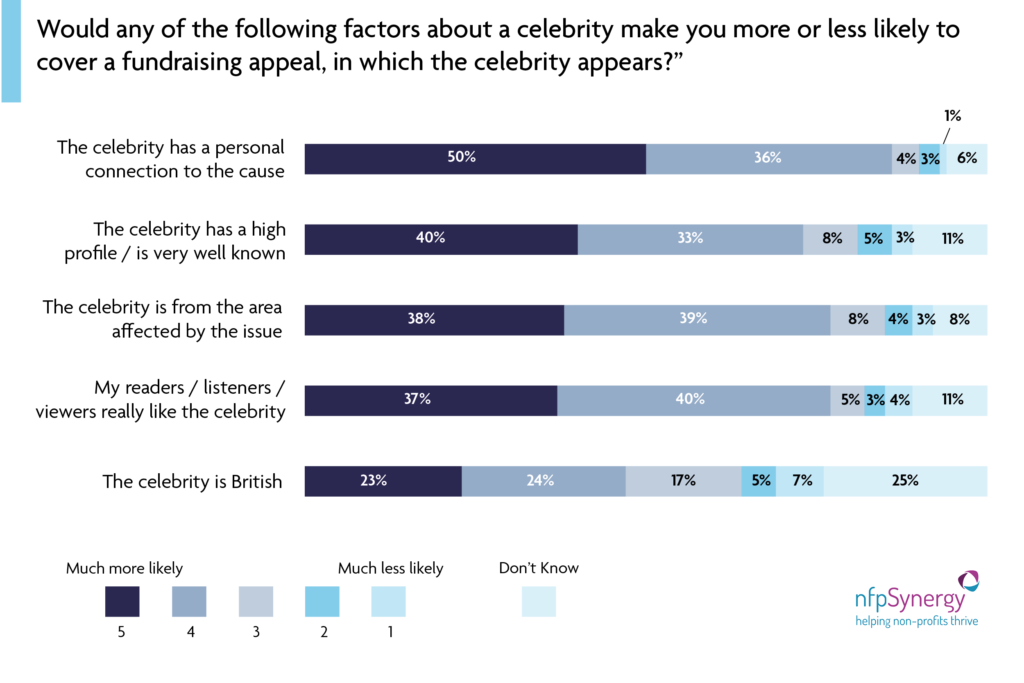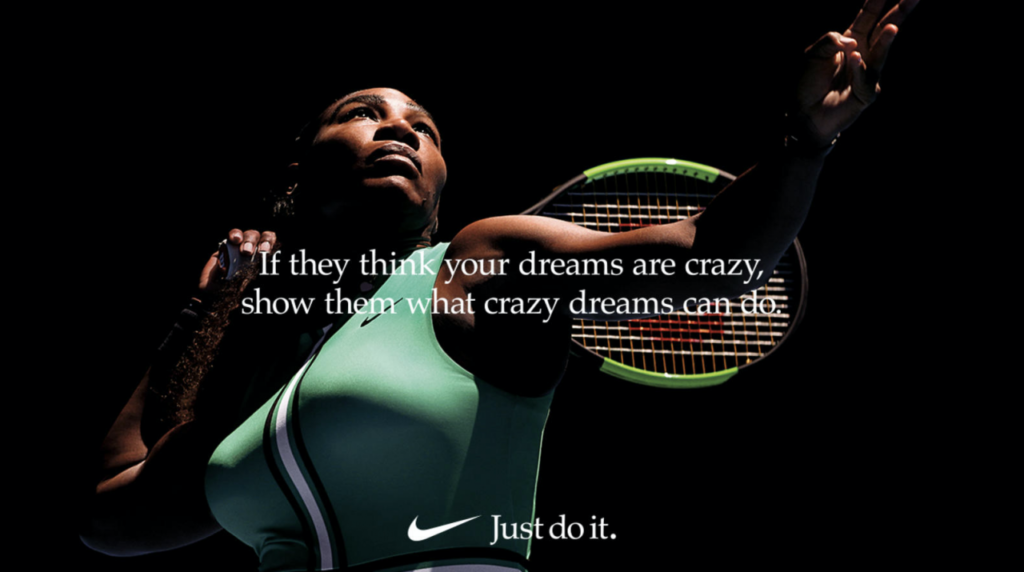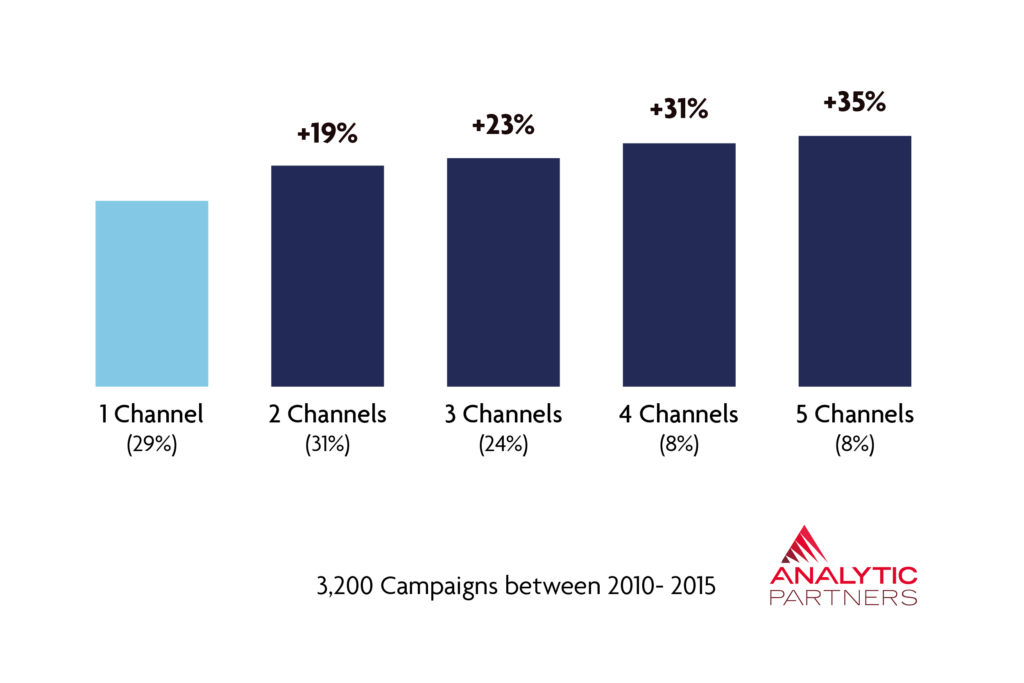The Great Charity Scandal That’s Not A Scandal – and how we think charities should respond
Yesterday evening, a documentary was aired on British television that ‘investigated’ the payment of celebrities for their promotion of charities. In this case, a fake charity set up by the programme-makers. Firstly, full disclosure. We do paid work for charities as a specialist marketing technology consultancy. We believe in the value of the work we […]
Yesterday evening, a documentary was aired on British television that ‘investigated’ the payment of celebrities for their promotion of charities. In this case, a fake charity set up by the programme-makers.
Firstly, full disclosure. We do paid work for charities as a specialist marketing technology consultancy. We believe in the value of the work we do, and, thankfully, so do the charities who work with us. So we are naturally sceptical about the argument that everything a charity does should be voluntary.
As for the show, it missed the mark on so many levels but we did think it accidentally raised a few important questions, which are worthy of consideration:
- Why is it that, as the programme’s own commissioned research suggests (via Savanta ComRes), 7 out of 10 donors surveyed were less likely to support a charity that paid fees to celebrities?
- Is that a problem, considering in our experience and in hearing from our network, the vast majority of charities do not pay these fees?
- Are charities doing enough to report on fundraising and marketing impact to inspire confidence from their donors, prospective supporters, and media critics?
- How do we react to this kind of “gotcha” journalism?
To answer those questions, let’s unpack some key themes from the show.
Celebrities Charging For Their Charity Work.
It’s our position that high-profile ‘celebrities’ who endorse, promote or campaign for charities should normally do so free-of-charge.
It’s our experience that this model is by far the most common. Where there’s a great fit between the celebrity’s and the charity’s principles, motivations and audience, this is far easier to achieve.
That said, we feel it’s the prerogative of anyone – celebrities included – to charge for their work if they wish. And if they can provide suitable value, by for example accessing their enormous audience in exchange for tangible results (i.e. awareness or donations that dwarf the initial investment) then it’s surely a shame, that on principle alone, charities should feel they have to dismiss an opportunity.
Why?
A paid endorsement in one form or another may well be an excellent marketing or fundraising tactic that outperforms tactics considered more permissible by a charity’s donor base. It is difficult to change public opinion, but it’s easier to defend your approach when you can demonstrate and transparently report impact.
Of course, it would be better if it were free. That’s both a good sign of ‘fit’ and likely a positive indicator that the initiative will be more successful. But we think a more dispassionate approach based on marketing and fundraising principles should be considered…
Paying Fees to Celebrities for Promotion is a Marketing Tactic.
The documentary both opened and closed by posing a question to those who donate to charities; ‘is your donation going to the good cause, or being pocketed by celebrities’.
What question are they actually asking here? Are they challenging the entire concept of a charity paying people to do work for them? Or is there a specific problem with “celebrities”. Should we extend this principle to charities paying people for event hire, catering, transport… the list of paid services charities employ is endless. In marketing specifically, the accepted norm is that large portions of budgets go to corporations like the duopoly (see further reading) of Facebook and Google. Why should celebrities be any different?
It’s a loaded and irresponsible question, anyway, because the majority of charities do not pay. So why attempt to erode trust in them with the misleading insinuation that charities are blowing their budgets on Instagram Influencers and Media Luvvies?
No, the cash may not be going directly to the delivery of charitable services, but like any organisation, charities are entitled (indeed expected!) to spend money on ancillary activities like marketing, HR, accounting, and so on. Spending money on a good celebrity endorsement may represent a smart tactical play. And in that case, someone may be “pocketing” – or in less headline-friendly language, remunerated for – the value they create.
NFP Synergies research into Journalists’ Attitudes & Awareness Monitor demonstrates that 50% of journalists surveyed were ‘much more’ or ‘more likely’ to cover an appeal if a celebrity was used. And moreover, that when the ‘fit’ was better, that their propensity to cover the appeal was even greater. You can read more on that from NFP’s post, Why celebrity endorsements are still essential to charities.

Might the tactic translate to greater awareness, then? And even if it did cost in monetary terms, might it be a better choice than putting the same budget into digital display advertising. Does combining multiple marketing channels, including celebrity endorsement, achieve the best results?
Like it or not, charities have to compete for their supporters’ attention and money, like any other organisation. The equitable thing to do is allow them to understand their market and use the right marketing techniques to maximise their results.
What can we learn from the private sector?
Of course, the context and metrics of success are different. But, commercial businesses have a similar exposure to the inherent risks (see Lance Armstrong for Nike and many more) and yet often still invest very heavily in this tactic.

See Ashton Kutcher with Lenovo (c. $10 million), Serena Williams for Nike (c. $50 million) George Foreman with Foreman Grills (c. $200 Million).
As for the impact, Warc begins it’s 2019 ‘Best Practice’ report summary on celebrity endorsement (£):
Celebrity endorsement, when used well, can be a powerful brand communications strategy and can bring benefits to brands. Social media is dramatically changing how brands think about campaigns with a move towards engaged experts and grassroots stars who can connect better through digital media channels.
Is it easy to measure the specific impact of such a tactical choice, in isolation of all other channels and tactics?
No. Certainly not.
But we know multi-channel marketing delivers the best return on investment for most organisations, and that usually includes endorsement.
Analytic Partners conducted research into 3,200 private sector campaigns between 2010-2015, trying to understand the impact of any incremental ROI achieved through the use of additional channels.
The research controlled for budget levels and, the results show that, when you have enough budget to achieve maximum efficiency, spreading your investment over multiple channels gives you a far greater overall effectiveness.
What these results show, for example, is that adding a second channel provides an incremental increase in ROI of 19%. Adding a third, 24%. A fourth, 31% and a fifth channel, 35%. This is thanks to that loathed word (used appropriately in this context!): synergy. The different channels reinforce each other and have a multiplicative effect.

No matter what we think of sometimes self-absorbed celebrity culture, we must remember that as a marketing or fundraising tactic, celebrity involvement has the same objectives as any other, and might be the right choice. And we should report on its impact as best we can.
The impact will be different for every charity and the sooner we, as charity partners, and charities themselves can more comprehensively and transparently quantify the effectiveness of our tactics, the more faith our donors and supporters will have in our decisions of where to spend their money.
So, back to the documentary, how will Charities respond and, how do we think they should…
How Charities Will Respond
It’s our sense that any official response from UK Charities will be one of publishing and/or confirming policies on their non-payment of celebrities.
And that’s very understandable.
Such is the perceived and probably real risk of damaging relationships with donors if they were to venture beyond that statement.
Additionally, most larger charities, and many smaller ones, have people dedicated to managing celebrity relationships and getting the most out of these. They’re backed by fundraisers, marketers, and analysts, who help to ensure value and impact from all activities.
There is a clear trend in the charity sector to emphasise the volume of funds going directly towards “the cause”: this has been shown as an effective means of persuading donors to part with their hard-earned money. UK charities are likely to continue in this vein.
How We Think Charities Should Respond
We feel this depends on how sophisticated and accurate your reporting of marketing and fundraising effectiveness is.. Not to mention reporting of overall impact.
Broadly, our view is that it’s all about transparency, oversight and accountability. Clear, meaningful measurement of marketing investment and the subsequent impact can instantly justify why – or how – a campaign was run.
For the sake of simplification…
For those with very sophisticated reporting
We feel it would be valuable to share that, for example;
“We don’t pay for celebrity endorsements and currently have no plans to in the future. However, we know that this tactic tends to deliver very positive results. On average, each celebrity endorsement generates £X back in the form of donations and helps us achieve Y% of our awareness goals. If we had to pay for this service the ROI would likely be in the region of 500% to 600%. As such, it registers as one of our top 3 performing marketing/fundraising activities.”
For those with ‘okay’ reporting mechanisms or more likely, where channels work together and lines are blurred
“We don’t pay for celebrity endorsements but they are one of many tactics we utilise in the pursuit of our objectives. Our combined marketing and fundraising spend means that for every £/$ we invest, we receive £X back in donations and at the same, achieve greater awareness for our cause.
For those with less sophisticated reporting
Where it’s not possible to at least in part quantify the impact of your marketing and fundraising spend, we’d argue it’s a good moment to consider the benefits of pursuing that infrastructural goal.
The benefits are plentiful. By doing so charities can;
- gain actionable insight into what channels are working and which are not i.e. which activities are best supporting your overall objectives. In turn, this helps you to make smarter decisions about where to allocate budget.
- meaningfully challenge the clumsy reporting from the likes of the Dispatches programme, with transparent, often quantified responses that dispel common misunderstandings and…
- help shape donor perception in a positive manner, alerting them to the realities of running a successful charity or campaign.
As For Those Original Questions
- Why is it that, as the programme’s own commissioned research suggests (via Savanta ComRes), 7 out of 10 donors surveyed were less likely to support a charity that paid fees to celebrities?
We spoke with a professional pollster who challenged the suitability of the question format: an agree / disagree grid of statements. He pointed us in the direction of this post on the respected UK Polling Report website explaining why this question format tends to exaggerate results.
- Even if the results are valid, is that a problem, considering in our experience and in hearing from our network, the vast majority of charities do not pay these fees?
To some extent, yes, because it is symptomatic of a wider, growing, distrust in charities, who are often portrayed as part of the “London bubble”. As evidenced in the CAF UK Giving report 2019 whereby trust in charities “has decreased significantly since 2016. 48% of people said that they believe charities to be trustworthy (down from 51%)”. And at a time when NFPs are still critically underfunded by Government, and donation revenue is essential, this is not a good direction of travel.
Driving for even more transparency and ultimately, proving the effectiveness of investment decisions, can help quell this gap.
- Are charities doing enough to report on fundraising and marketing impact to inspire confidence from their donors, prospective supporters, and media critics?
It’s a huge challenge, but we think not. And as outlined above, we believe more comprehensive measurement of the impact of your marketing and fundraising spend is part of the story.
Ironically, charities are often bound by prohibitive budgets and heavy regulation. Staff often have to perform multiple roles. All of this helps to drive costs down and direct more funds to the cause, for which charities deserve credit. But it hinders their capacity to fully understand and optimise their marketing activities, communicate the impact of their work, and thus reach their potential.
- How do we react to this kind of “gotcha” journalism? (as if charities didn’t have enough to do?).
Honestly, we’re not sure. But we suspect calling out the journalists and producers who demonstrate this level of ignorance, and this case, consistent clumsiness, is a start.
Charities need to feel empowered to respond and engage in debate around these issues without fear of their reputation being destroyed, or their resources being overstretched. Supporters can also play a key role: their value to charities extends way beyond the financial. The voice of the public can help to bring nuance and understanding back to charity work.
Further Reading / Viewing
- The Google / Facebook Duopoly from Campaign
- The Way We Think About Charity Is Dead Wrong from Dan Pallotta, TED
- Journalists’ Attitudes & Awareness Monitor (£) from NFP Synergy
- Why celebrity endorsements are still essential to charities from NFP Synergy
- CAF UK Giving Report 2019 from Charities Aid Foundation